Owning a home comes with its fair share of maintenance, but some repairs can drain your wallet if left unchecked. As 2025 approaches, certain issues—ranging from hidden water damage to failing foundations—could cost homeowners tens of thousands of dollars if ignored. Some home repairs can spiral out of control, but why so they happen? How can you prevent them before they become a financial nightmare? Don’t let these costly surprises catch you off guard!
1. Exterior Caulking and Sealing
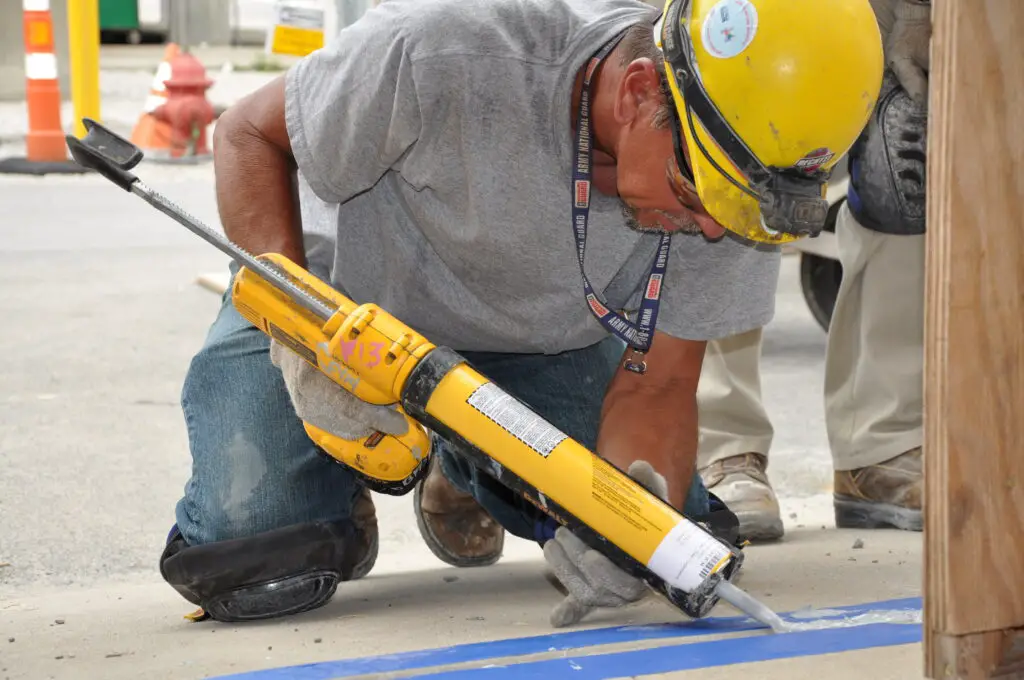
The caulking around windows, doors, and other exterior fixtures serves as a critical barrier against moisture and drafts. Over time, this caulking can crack, peel, or deteriorate due to weather exposure, leaving your home vulnerable to water damage and energy loss. Failing to maintain or replace old caulking can lead to significant problems, such as rotting wood, mold growth, or even structural damage.
Inspecting and reapplying caulking every few years is a simple and affordable way to protect your home’s exterior. In addition to caulking, sealing gaps around vents, pipes, and exterior fixtures can prevent pests and insects from entering your home. Weatherproof sealants are designed to withstand temperature changes and UV exposure, ensuring long-lasting protection. For homes in areas with extreme weather, maintaining a watertight seal is especially important to prevent leaks during heavy rains or snowmelt. Proper sealing also improves energy efficiency, keeping your home more comfortable year-round. Neglecting this small task can result in big expenses, so don’t underestimate the importance of exterior caulking and sealing.
2. Foundation Cracks
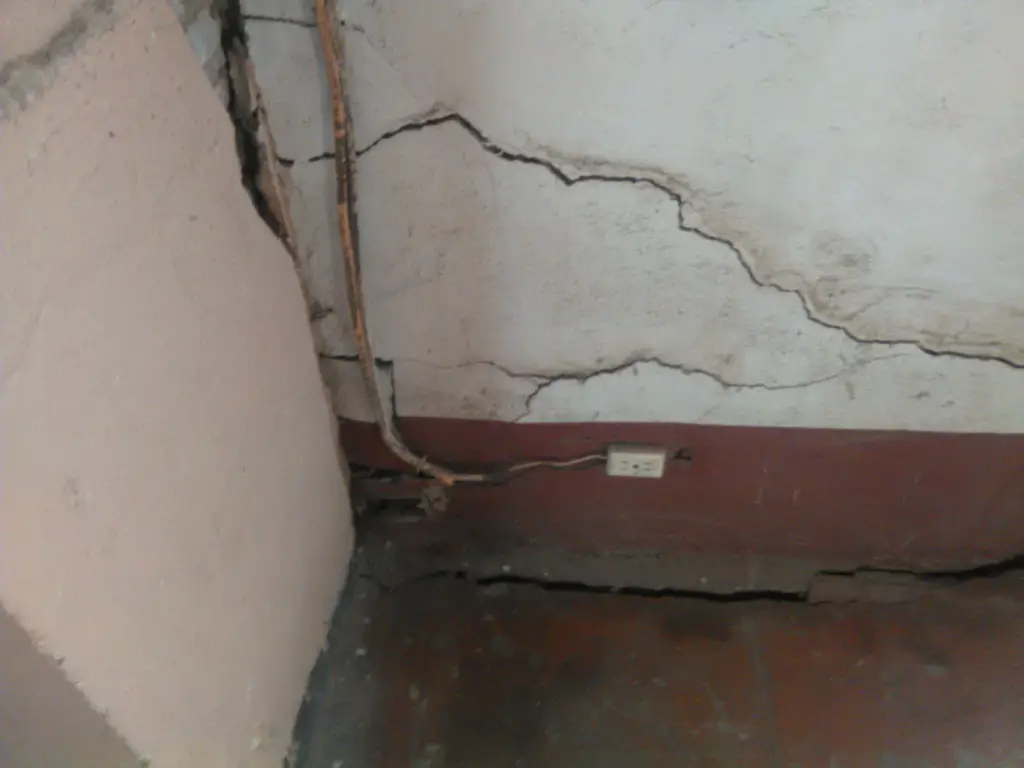
Small cracks in your home’s foundation may seem harmless, but ignoring them can lead to costly structural damage. Over time, even minor cracks can expand due to shifting soil, water infiltration, or temperature changes. Left untreated, these cracks can compromise your home’s stability, causing uneven floors, sticking doors, or even significant foundation failure. Regularly inspecting your foundation and addressing cracks early can save you thousands of dollars in repairs.
Sealing small cracks with epoxy or polyurethane is a simple DIY fix, but larger cracks or signs of structural issues may require professional attention. Proper drainage around your home is also crucial in preventing water from pooling near the foundation, which can worsen cracks. Installing gutters, downspouts, and grading your yard away from the foundation are effective preventative measures. Ignoring foundation issues can lead to cascading problems throughout your home, so early intervention is key. Protecting your foundation ensures the long-term safety and value of your property.
3. Roof Inspections
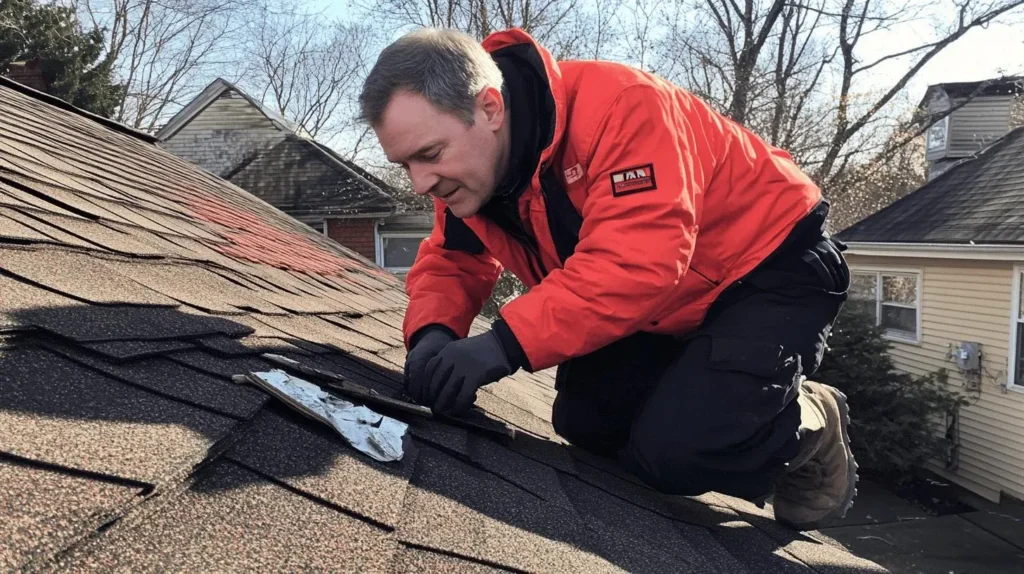
Your roof is your home’s first line of defense against the elements, but many homeowners neglect to inspect it regularly. Small issues like missing shingles or minor leaks can escalate into significant problems, such as water damage or mold growth. Over time, these issues can weaken the roof’s structure and lead to costly repairs or even a complete replacement. Annual roof inspections can help identify potential problems early on, saving you thousands of dollars in future expenses. If you live in an area prone to extreme weather, inspecting your roof after storms is especially crucial.
Regular maintenance, such as cleaning gutters and removing debris, can also extend the life of your roof. Hiring a professional for an inspection might cost a few hundred dollars, but it’s a small price to pay compared to the cost of replacing a damaged roof. Many homeowners also overlook the importance of proper attic ventilation, which can contribute to roof deterioration. By being proactive, you can ensure your roof remains in good condition for years to come. Remember, your roof protects everything underneath it—don’t let a small issue turn into a big expense.
4. HVAC Maintenance
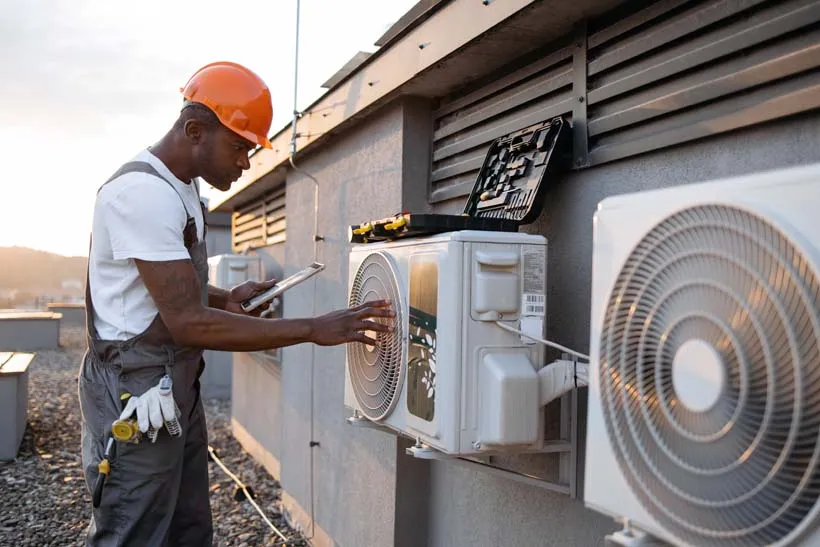
Heating and cooling systems work tirelessly to keep your home comfortable, yet regular maintenance is often overlooked. Dirty filters, clogged ducts, or worn-out components can cause your HVAC system to work harder than necessary, increasing energy bills and shortening its lifespan. A poorly maintained system is also more likely to break down unexpectedly, leaving you with costly repair bills during the hottest or coldest times of the year. Scheduling annual maintenance with a licensed technician can help identify potential issues early and keep your system running efficiently.
Simple tasks like replacing filters every one to three months can make a significant difference. Neglecting maintenance can also lead to uneven heating or cooling, which reduces comfort and increases energy consumption. Additionally, an inefficient HVAC system can impact indoor air quality, potentially causing health issues for your family. Investing in routine care can extend the life of your system by several years, delaying the need for an expensive replacement. Don’t wait until your system fails—preventative maintenance saves money and ensures year-round comfort.
5. Gutter Cleaning
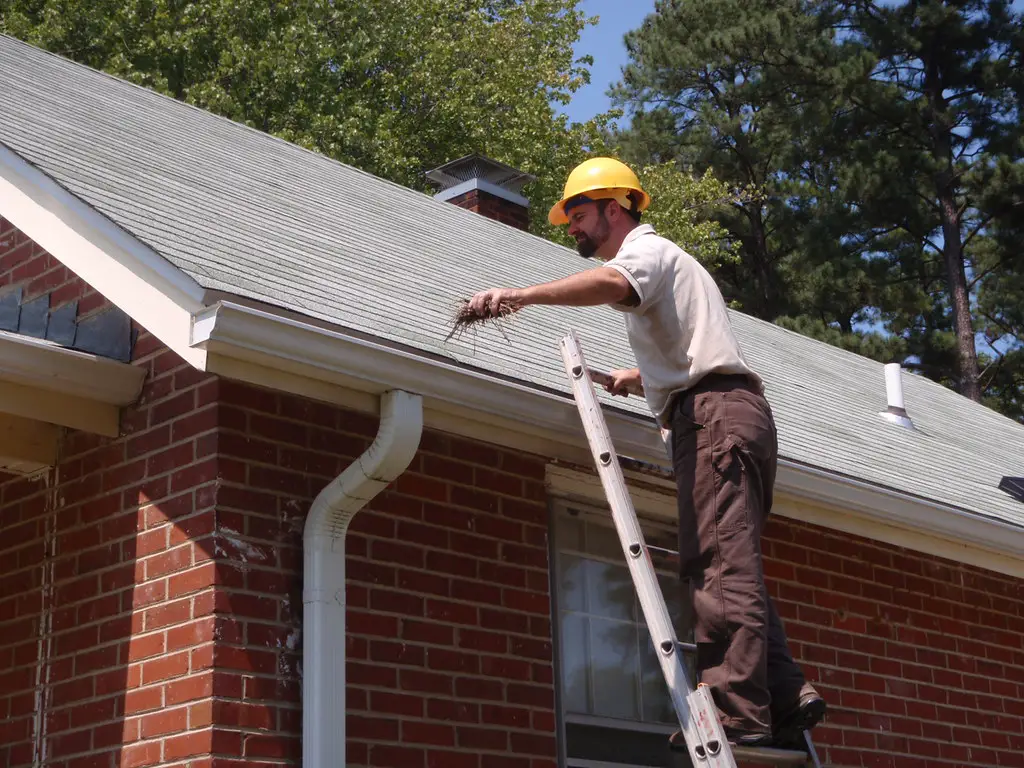
Clogged gutters might not seem like a big deal, but they can cause significant damage to your home over time. When gutters are blocked with leaves, dirt, and debris, water can overflow and pool around your home’s foundation. This excess water can lead to cracks in the foundation, basement flooding, and costly structural repairs. Gutters are also essential for protecting your siding and roof from water damage. Neglecting them can result in rotting wood, peeling paint, and mold growth, which are expensive to fix.
Cleaning your gutters at least twice a year—in spring and fall—can help prevent these issues. For homes surrounded by trees, more frequent cleaning may be necessary. Installing gutter guards can reduce the amount of debris and make maintenance easier. If you’re not comfortable cleaning gutters yourself, hiring a professional is worth the investment. Properly functioning gutters direct water safely away from your home, protecting it from avoidable damage and preserving its value.
6. Plumbing Repairs
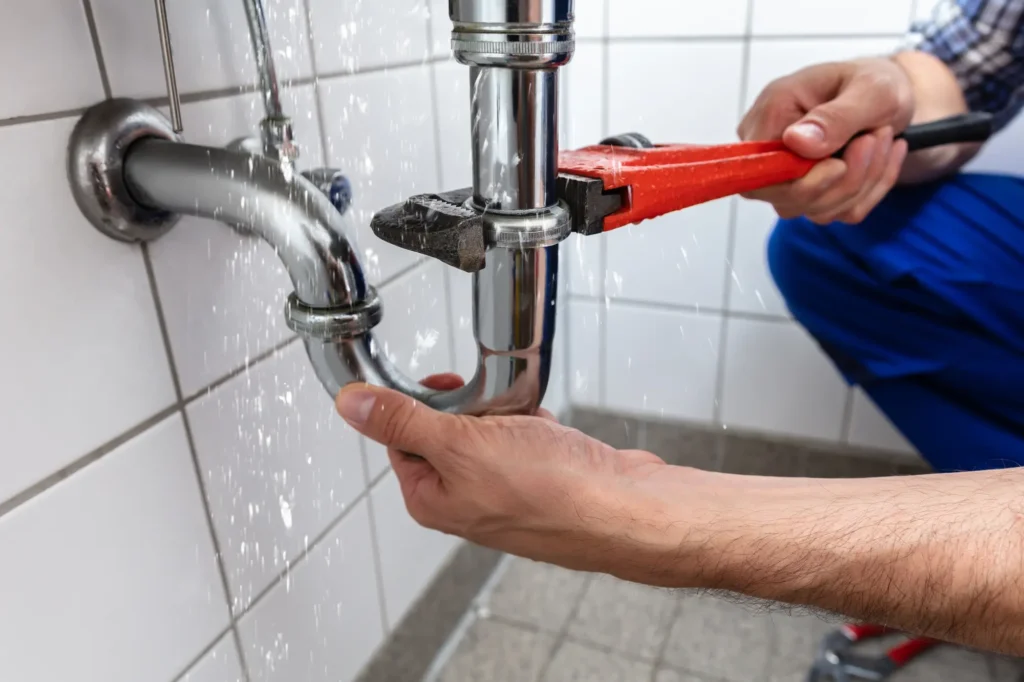
A dripping faucet or a slow drain might seem like minor annoyances, but they can indicate larger plumbing issues. Ignoring these small problems can lead to water damage, mold growth, or even burst pipes, which are far more expensive to repair. For instance, a leaky faucet can waste hundreds of gallons of water annually, driving up your water bill. Hidden leaks behind walls or under floors can go unnoticed for years, causing significant structural damage.
Regularly inspecting your plumbing system and addressing issues promptly can save you thousands in repairs. Replacing old or damaged pipes before they fail is another proactive step that can prevent costly emergencies. Installing water leak detectors in key areas like under sinks and near washing machines can help catch leaks early. Even routine maintenance, such as flushing your water heater to remove sediment buildup, can extend the life of your system. Don’t underestimate the importance of addressing plumbing issues quickly—they rarely fix themselves and often get worse over time.
7. Sealing Windows and Doors
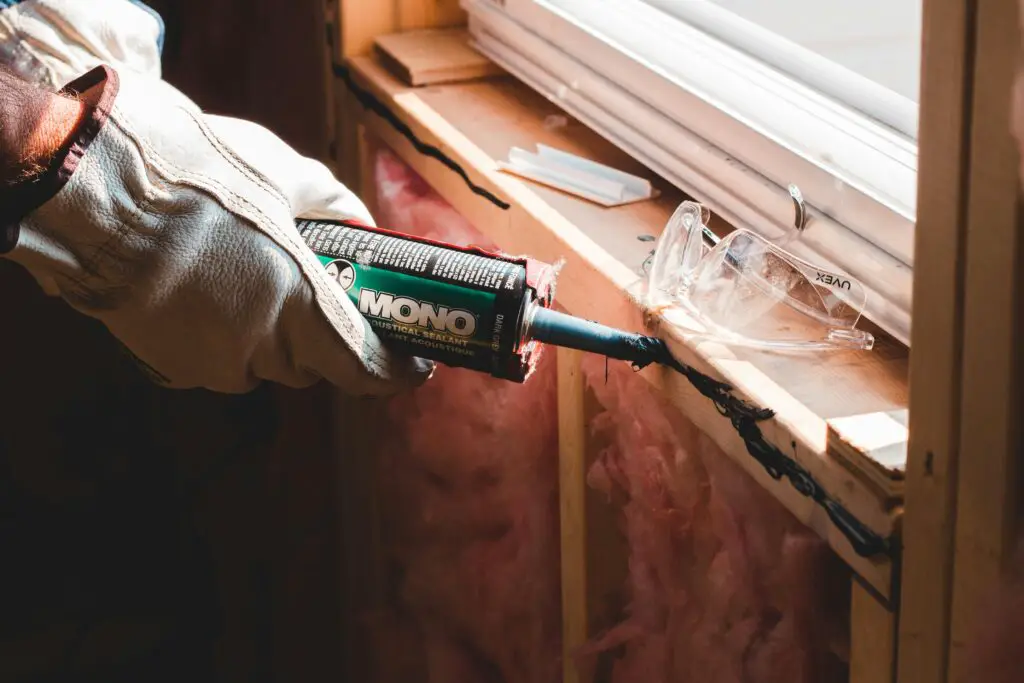
Drafty windows and doors may seem like a minor inconvenience, but they can significantly impact your home’s energy efficiency and drive up utility bills. Over time, weather stripping and caulking around windows and doors can deteriorate, allowing cold air to seep in during winter and cool air to escape during summer. This forces your HVAC system to work harder, leading to higher energy costs and unnecessary wear on your heating and cooling units. Sealing gaps and cracks with fresh caulk or replacing worn weather stripping can save hundreds of dollars annually on energy expenses.
Additionally, poorly sealed windows and doors can let in moisture, which may lead to mold growth or rotting wood. These issues, if left unaddressed, can require expensive repairs. Regularly inspecting and maintaining seals around your home is an easy and cost-effective way to prevent bigger problems. For older homes, upgrading to energy-efficient windows and doors can provide long-term savings and improve comfort. A little maintenance goes a long way in protecting your home’s energy efficiency and structural integrity.
8. Dryer Vent Cleaning
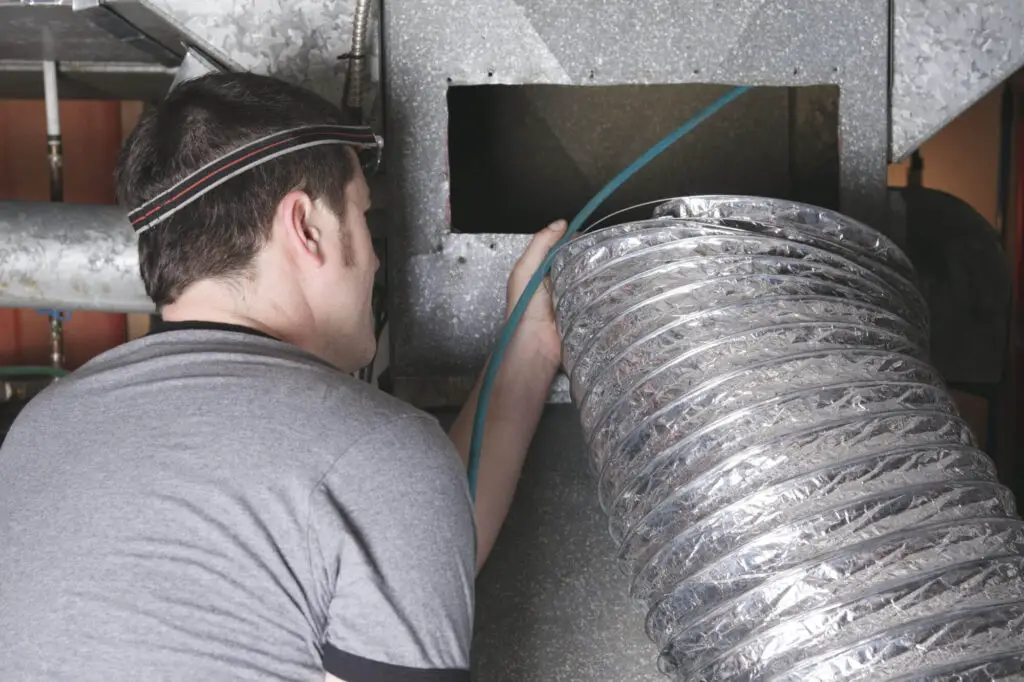
Many people clean their dryer’s lint trap regularly but overlook the dryer vent, which can cause serious problems if ignored. Lint and debris accumulate in the vent over time, creating a fire hazard and reducing your dryer’s efficiency. A clogged vent can also force your dryer to work harder, leading to increased energy consumption and wear and tear on the appliance. In extreme cases, blocked vents can cause carbon monoxide buildup in your home, posing a health risk.
Cleaning your dryer vent at least once a year is essential to maintaining safety and efficiency. Warning signs of a clogged vent include clothes taking longer to dry, a burning smell, or the dryer feeling unusually hot. Hiring a professional to clean the vent or using a vent cleaning kit are effective ways to address the issue. Preventative maintenance not only keeps your home safe but also extends the lifespan of your dryer, saving you money in the long run.
9. Peeling Paint
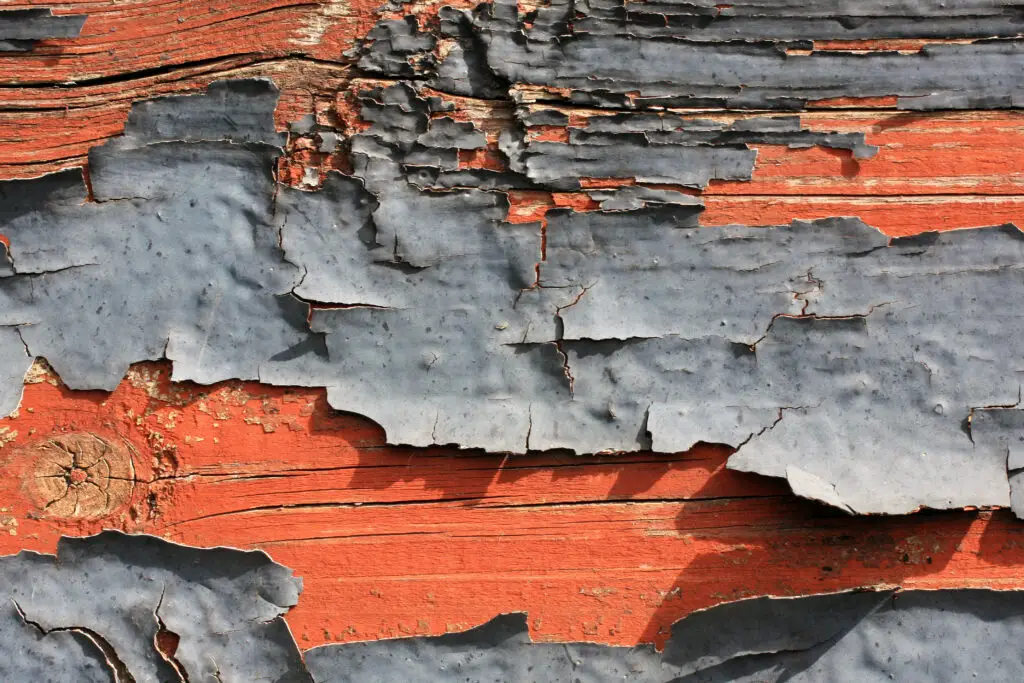
When paint begins to peel or crack, it’s tempting to simply paint over it for a quick fix. However, this shortcut can lead to bigger problems down the road. Peeling paint is often a sign of moisture issues, poor surface preparation, or the use of incompatible paint types. If the underlying problem isn’t addressed, the new paint will also start to peel, wasting time and money. Additionally, painting over peeling paint can result in an uneven and unattractive finish, requiring more extensive work to correct later.
Before repainting, it’s essential to properly prepare the surface by scraping away loose paint, sanding rough edges, and applying primer. If moisture is the root cause, such as a leaky roof or poor ventilation, fixing that issue first is crucial. Taking the time to prep surfaces and use high-quality paint will ensure a longer-lasting and more professional-looking result. Skipping these steps may save time initially but will cost you more in repairs and touch-ups over time.
10. Water Heater
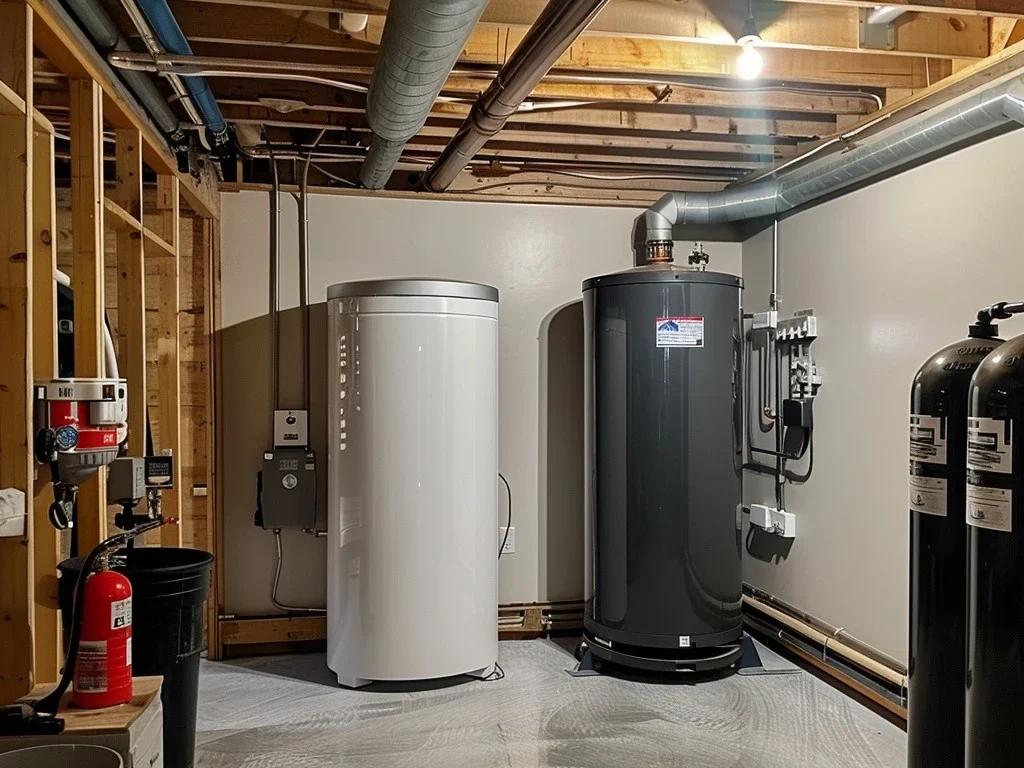
Many homeowners forget to flush their water heater regularly, leading to sediment buildup that can reduce its efficiency and lifespan. Over time, minerals in the water settle at the bottom of the tank, creating a layer of sediment that insulates the heating element. This forces the water heater to work harder to heat water, increasing energy costs and causing wear and tear on the unit. In severe cases, the sediment can cause the water heater to overheat or fail completely, resulting in costly repairs or replacements.
Flushing the tank once a year can help remove this buildup and ensure optimal performance. The process involves draining the water heater, rinsing out sediment, and refilling it with clean water—a relatively simple task that can save you money in the long run. Regular maintenance also helps identify other potential issues, such as rust or leaks, before they become major problems. A well-maintained water heater provides consistent hot water while avoiding unnecessary expenses.
11. Chimney Maintenance
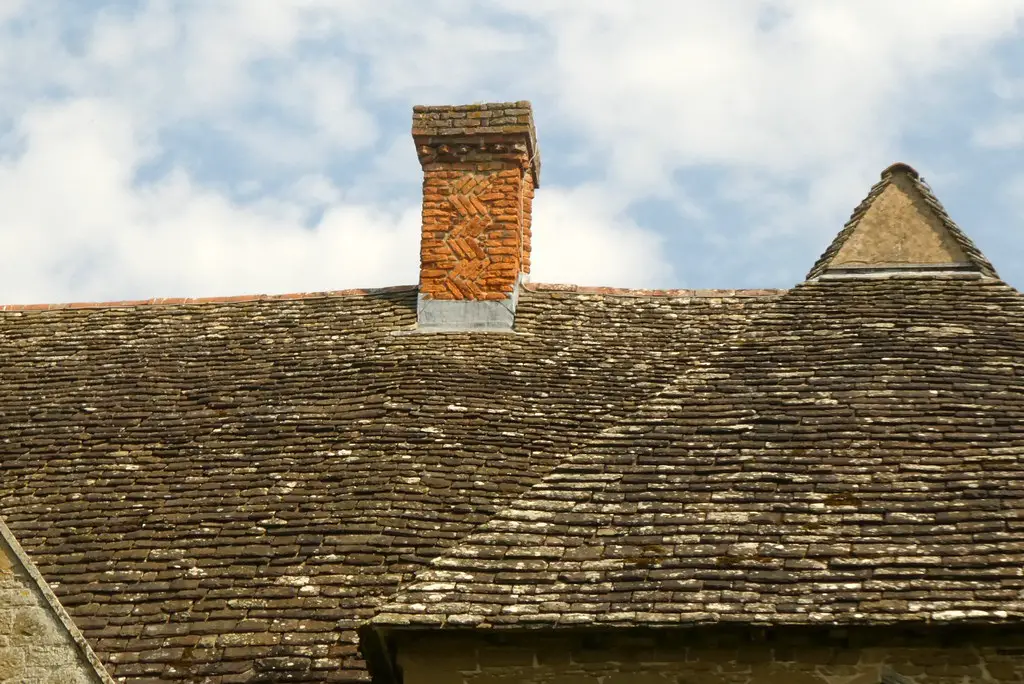
For homes with fireplaces, neglecting chimney maintenance can lead to expensive and dangerous consequences. Over time, creosote, a flammable residue from burning wood, builds up inside the chimney. If left unchecked, this buildup increases the risk of chimney fires, which can spread to other parts of your home. Additionally, blocked chimneys can prevent proper ventilation, leading to carbon monoxide buildup—a serious health hazard. Annual chimney inspections and cleanings by a certified professional can prevent these issues and ensure your fireplace operates safely and efficiently.
Cracks in the chimney’s masonry or flue can also develop over time, allowing moisture to seep in and cause further damage. If not repaired, these cracks can compromise the structural integrity of the chimney and lead to costly repairs. Installing a chimney cap can prevent debris, rain, and even small animals from entering and clogging the flue. Regular maintenance not only protects your home and family but also extends the life of your chimney. Whether you use your fireplace frequently or occasionally, maintaining your chimney is essential to avoid costly repairs and dangerous accidents.
12. Lawn Care
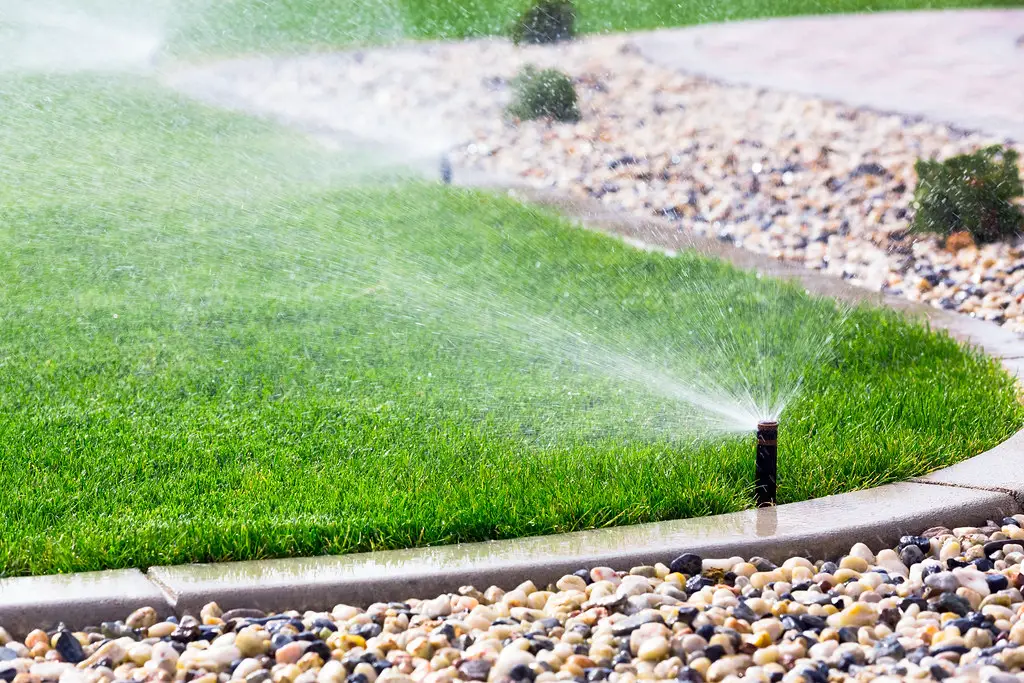
Many homeowners mistakenly believe that watering the lawn every day will keep it healthy and lush, but overwatering can do more harm than good. Excess water can lead to shallow root systems, making grass more vulnerable to disease, pests, and drought. Overwatering also creates an ideal environment for mold and fungus to grow, which can destroy your lawn and landscaping. Beyond damaging your yard, overwatering wastes water and increases utility bills.
Installing a smart irrigation system or using a simple rain gauge can help you determine the right amount of water your lawn needs. Most lawns only require about an inch of water per week, including rainfall. Watering in the early morning or late evening reduces evaporation, ensuring the water reaches the roots where it’s needed most. Over time, adopting proper watering practices can save you money on lawn care and water usage while keeping your yard healthy and vibrant. A well-maintained lawn not only enhances curb appeal but also helps prevent expensive landscaping repairs.
